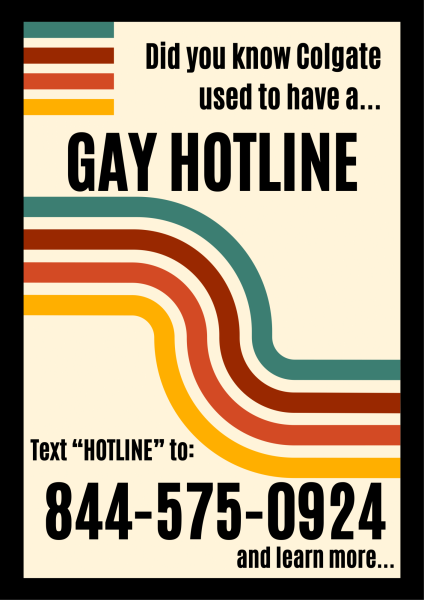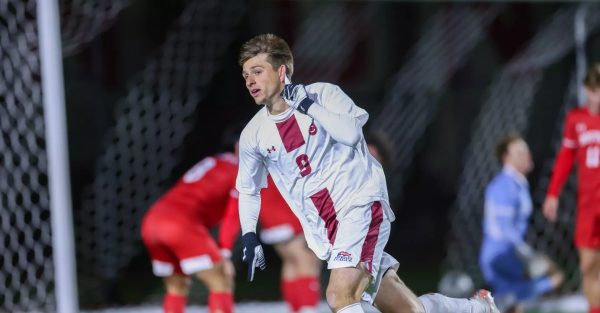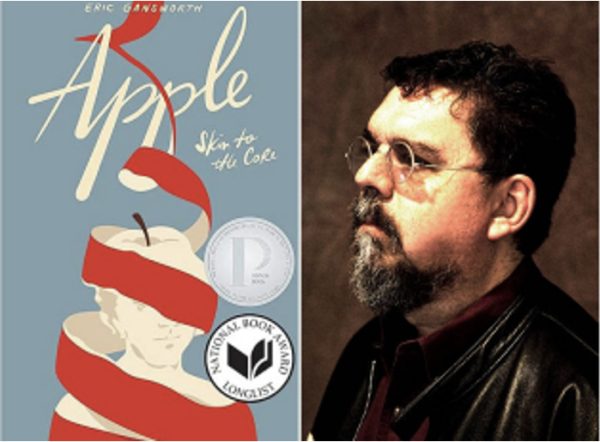NBA Revamps All-Star Game Format and It Worked
Picture this: all of your favorite basketball players on the planet playing a ruthless, hard-fought pickup game with hundreds of thousands of dollars to charity on the line. Some of them are even taking charges!
Well, that is what we got Sunday, Feb. 16 when the NBA rolled out its new All-Star Game template for fans and skeptics to judge.
The restructured rules, though a bit complex upon first sight, are genius. Each of the first three quarters is essentially a mini-game. The team that leads at the end of each quarter wins 100,000 dollars for a charity that their respective captain has selected prior to the game.
Los Angeles Lakers forward LeBron James was one captain and Milwaukee Bucks forward Giannis Antetokounmpo was the other; they chose the Chicago Scholars association and the After School Matters organization, respectively.
The two organizations are groups that give back to students in Chicago.
Then, the rules during the fourth quarter change the game from just a bunch of high-profile ballers jogging around, shooting threes and trying to do the coolest dunk to an intense game of hoops between the best to do it. The main rule for the fourth is that the clock turns off. Instead, the teams each play to a target score (24 points more than the leading team’s score, after taking the combined score from the first three quarters).
Team Giannis was at 133 after three quarters and leading heading into the fourth, so the target score was 157. The NBA chose to add 24 points in honor of the late Los Angeles Lakers legend Kobe Bryant. The teams also wore jersey numbers that honored Bryant, with Team LeBron wearing Kobe’s daughter, Gianna’s number two and Team Giannis wearing Kobe’s 24.
From the true NBA fan’s perspective, it was at that point in the game when all the real fun began. The game turned into a preview of what the playoffs will look like: intense, defense and a lot of questionable calls.
It even had the notoriously quiet Los Angeles Clippers forward Kawhi Leonard complaining to the refs.
The wild final quarter even had the perennial Madison Square Garden court-side presence of director Spike Lee on his feet yelling as if it were a New York Knicks game. Luckily for him, and everyone else, it was not. Rather, it was James, Antetokounmpo, Leonard, Los Angeles Lakers forward Anthony Davis and Philadelphia 76ers center Joel Embiid (see how I snuck a Sixer in there) all playing at the top of their game.
Team LeBron stormed back to win on a game-clinching free throw by Davis. It was sort of an anticlimactic ending to a beautiful game, and fans were surely hoping for a buzzer-beater style finish.
Leonard stole the show from start to finish, though. He put up an easy 30 points, drilling eight three pointers. He took home the first annual Kobe Bryant MVP Award for the All-Star Game’s best player.
The game was great, but it left me thinking what else can be done. Obviously, the readily identifiable change everyone wants to see is a rule that makes it so that the game cannot end on a free throw. When has a pickup game at your local recreation center ended with some kid stepping to the line? Never.
The other thing I would like to see is fewer fouls called by refs. You cannot formally implement that as a rule, but there were so many whistles that it was a standout of the game. That is not good. It felt like someone was at the line every 20 seconds.
The more the game is similar to a pickup game, the better it will be for fans to watch. Let them play bully ball, like in the 90s; let them bump into people on the perimeter; let them play.
With that being said, the 2020 All-Star Game was amazing competition and a pleasure to watch. It feels like forever since an All-Star game meant anything to anyone. Hey NFL, take note. The Pro Bowl needs work!





